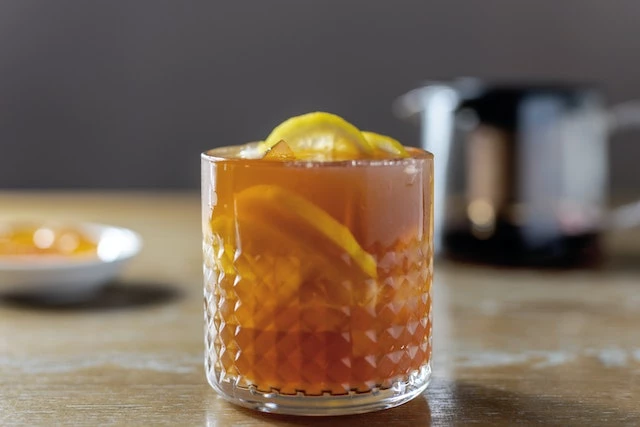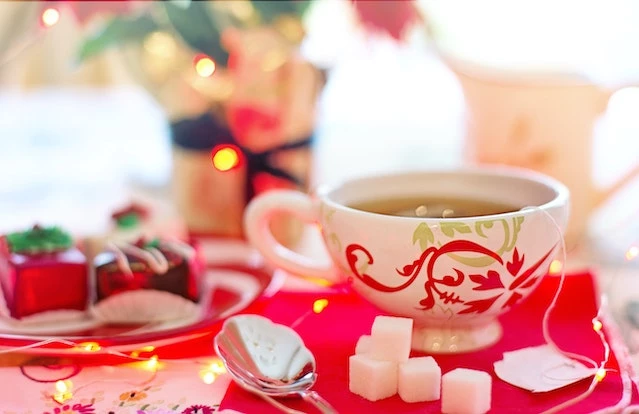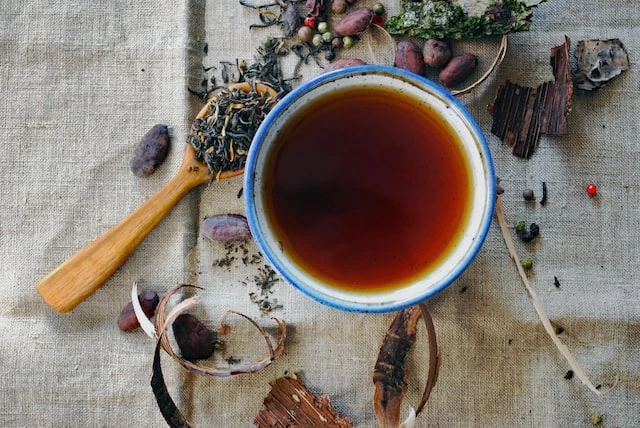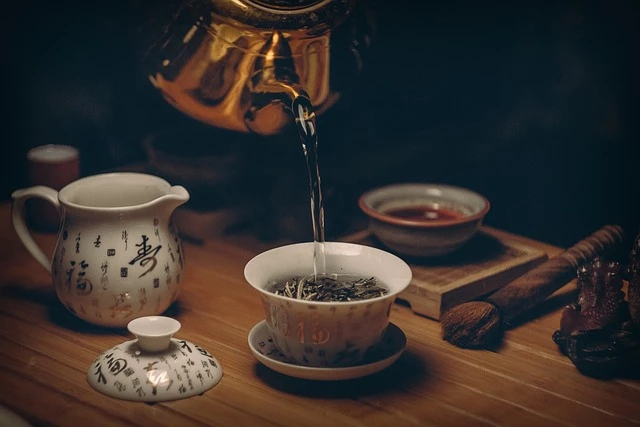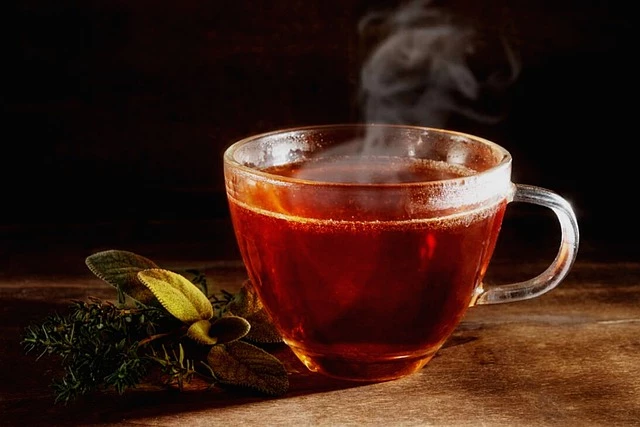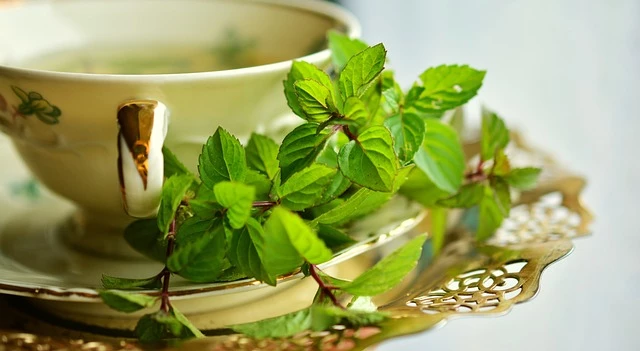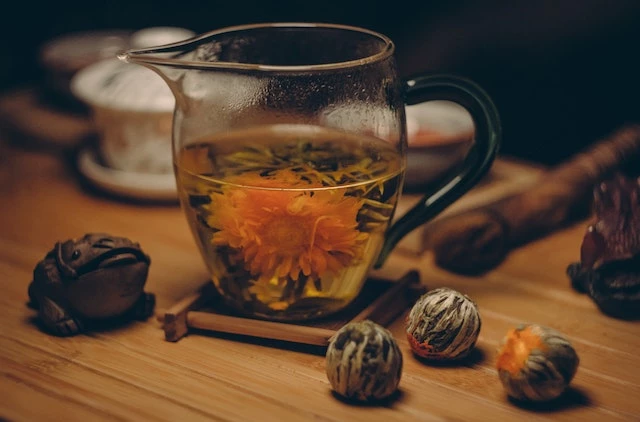Moroccan Mint Pot Tea
Feb 04 2018 Health & Fitness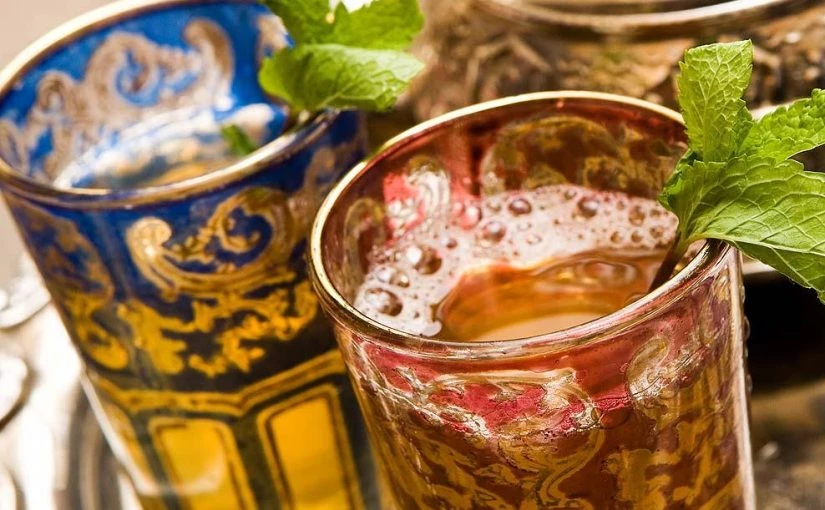
Try Moroccan Mint Pot Tea – A perfect drink to start your day
Tea seeps into the very culture of Morocco. While Western culture has bars that serve alcohol, Morocco has tea bars. If a guest were to unexpectedly arrive at a Moroccan household, they would undeniably be offered up to three glasses of mint tea by the male head of the house.
It is a sign of hospitality and kindness and must never be refused. Moroccan mint tea is wonderfully refreshing, but it also hosts a considerable amount of health benefits. This is because it’s two main ingredients, (namely: green tea and mint leaves) are wonder herbs.
Mint is a broad term used to refer to at least 20 plant species, which includes peppermint and spearmint. The leaves may be small, but they have higher antioxidant content than any other herb or vegetable. It is this antioxidant content, as well as certain anti-inflammatory agents, which makes mint an effective treatment for allergies. Mint also contains menthol. Menthol is a natural decongestant and if included in a tea, can help relieve a sore throat.
This herb has been used for thousands of years to treat a broad range of ailments, which include: Irritable Bowl Syndrome, gastric ulcers, skin conditions and indigestion. It is no wonder the Moroccan people have included these green leaves into their daily routine. But this is just one of the fantastic ingredients included in Moroccan tea. The other is green tea.
Green tea has been around since the 7th century and originated in China. It is undoubtedly one of the healthiest drinks available. Numerous tests have been done studying the effects of green tea on people, with the following results being obtained.
1. Improves overall health – Green tea contains antioxidants, which can decrease the production of free radicals in the body. It is these free radicals which damage cells and therefore accelerate the aging process.
2. Aid in brain function – While green tea does not contain as much caffeine as coffee, it has a sufficient amount. This caffeine has been proved to improve memory and reaction time. There is also an amino acid called L-Theanine found in green tea. This combined with caffeine results in markedly elevated brain function.
3. Boosts the metabolism – While the effects of green tea on metabolism have been seen to be individual specific. Overall, there appears to be an increase in metabolism when green tea was added to a person’s diet.
4. Antibacterial effects – Catechins that are present in green tea, have been shown to be antibacterial in nature and are able to fight a multitude of infections.
While the health benefits of this drink are numerous, this is not necessarily the determining factor which makes this drink so popular in Morocco. There is also a large ceremonial aspect to this practice. Firstly, this tea is not served in any old teapot or cup. It is prepared and presented in an entire tea service.
A Moroccan tea service includes an engraved Moroccan teapot (berrad), a serving tray and tea glasses. These tea services vary largely, with some being more suited for everyday use, while others are reserved for esteemed persons or guests. Once a suitable tea service is selected, we now move onto ingredients.
Chinese gunpowder green tea is used to make Moroccan tea. This particular product is desirable, as it comes in the form of compressed pellets, which have an incredibly strong flavor and aroma. These pellets are added to the pot, along with a large bunch of fresh spearmint and water, which is then placed directly on the fire. The tea is served with a fair amount of sugar and can be had literally any time of the day. The mentioned process may seem daunting. But there is a simpler way to prepare Moroccan tea, which will allow anyone to enjoy this treat every day.
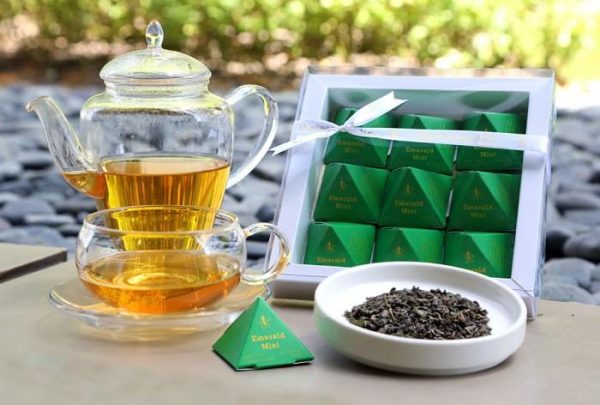
To start, add 2 teaspoons of green tea leaves to half a liter of water. This must be left to steep for a minimum of 15 minutes. Bear in mind here, that Moroccan tea is characterized by being pungent and aromatic. Next, transfer the liquid to another pot. Do not let any of the tea leaves accompany this transfer. Place this on the stove with approximately 5 teaspoons of sugar.
If this is excessively sweet, then start with 2 teaspoons and increase accordingly. Once the mixture has been brought to the boil, add a handful of mint leaves and serve. It is traditional to serve Moroccan tea in small glasses. But if these are unavailable, then a juice glass will suffice.
Once you are familiar with the process and are feeling a bit more adventurous, start experimenting with your herbs. It is common practice in Morocco to supplement mint tea with sage, lemon verbena, wormwood or even wild thyme.
While the history and tradition of tea drinking in Morocco are debatable, it is inseparable from their culture now. This versatile drink is refreshing, delicious and is a perfect substitute for coffee. It may be more time consuming than making an instant cup of good ol’ joe, it most surely is worth it.
Thanks for reading this article on Moroccan Mint Pot Tea. We think you might also enjoy our Frozen Bubble Tea Recipe.
